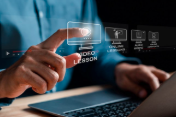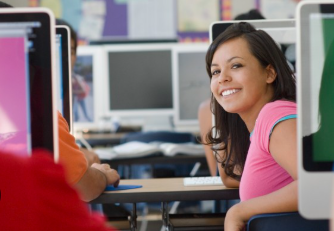A student’s self-image—the way they view their own abilities, value, and potential—has a powerful influence on how they perform in school. When students believe in themselves and feel confident in their capabilities, they are more likely to engage in learning, persevere through challenges, and reach their goals.
Understanding the connection between self-image and academic performance can help educators, families, and school leaders create an environment that supports every learner’s growth.
What Is Self-Image?
Self-image is a person’s perception of themselves. For students, this includes how they view their intelligence, talents, social skills, and place in the classroom. A healthy self-image means:
-
Believing “I am capable of learning”
-
Feeling proud of personal efforts
-
Accepting both strengths and areas for improvement
-
Having confidence to try—even when mistakes happen
A positive self-image doesn’t mean always feeling perfect. Instead, it means having the resilience and mindset to keep growing.
How Self-Image Impacts Learning
Students with a positive self-image are more likely to:
-
Participate actively in class
-
Take on academic challenges
-
Ask questions and seek help when needed
-
Recover quickly from setbacks
On the other hand, students with a low self-image may:
-
Avoid difficult tasks
-
Doubt their ability to succeed
-
Feel anxious about being wrong
-
Underperform—even if they have the skills to succeed
Encouraging a growth-oriented self-image helps students unlock their potential and stay motivated over time.
Ways to Support a Healthy Self-Image in the Classroom
-
Celebrate Effort and Progress
Focus on how hard students work, not just final results. Statements like “I can see how much you’ve improved” or “Your persistence really paid off” encourage a growth mindset. -
Use Encouraging Language
Avoid labels like “smart” or “struggling.” Instead, use words that highlight strategies, curiosity, and improvement. This helps students associate learning with growth, not fixed traits. -
Provide Opportunities for Success
Offer tasks at various difficulty levels so all students can experience success. A balance of challenge and achievability builds both skills and confidence. -
Model Self-Compassion
When teachers make mistakes and respond with patience and self-kindness, students learn it’s okay to be imperfect. This fosters a healthy, realistic view of learning. -
Encourage Peer Support
Build a classroom culture where students uplift each other. Collaborative learning, positive feedback, and inclusive activities can help every student feel valued.
The Role of Families and Caregivers
Parents and caregivers play a key role in shaping a child’s self-image. Simple actions—like showing interest in schoolwork, praising effort, and encouraging reflection—can reinforce the idea that learning is a process, and that trying matters just as much as getting things right.
Conclusion
Self-image and academic performance are closely linked. When students feel capable, respected, and supported, they are more willing to challenge themselves and take pride in their learning.
By focusing on encouragement, effort, and emotional safety, schools and families can help students build the confidence they need—not just to succeed in school, but to grow into lifelong learners.






